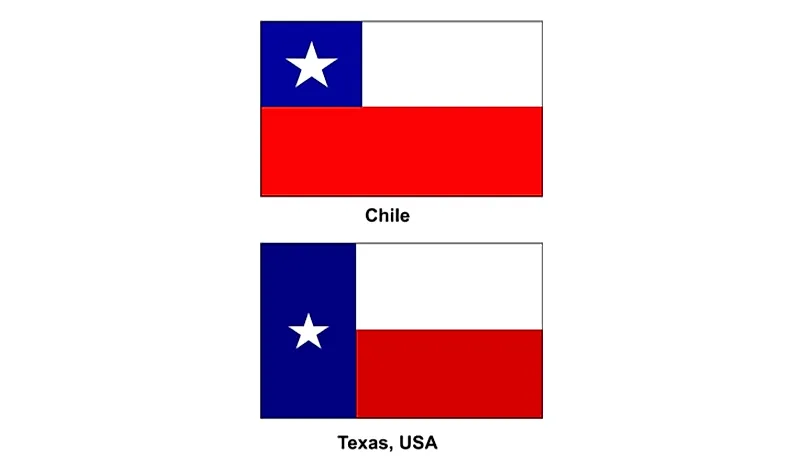Budapest is the capital city of Hungary. It is also the most populous city in Hungary and among the largest cities in the European Union by land area, covering over 525 square kilometers. This city was created on 17th November 1873 through a merger of three cities: Buda, Obuda, and Pest. The former city called Buda had already been capital in 1241 when King Bella IV built a king’s palace in Buda. King Bela is considered the second founder of Hungary. Budapest is strategically located in the central northern section of Hungary and is divided by the Danube River, which separates the Buda side from the Pest side.
Budapest is home to the biggest population of Hungarians, having an estimated population of 1.76 million people according to 2016 estimation. It is among the most densely populated major cities in the European Union. However, the metropolitan area of Budapest has more than 2.5 million people while the Budapest commuter area has 3.3 million inhabitants.
Budapest is not only Hungary’s economic hub but also its historic and cultural capital. It is among the most beautiful cities in Europe. It is divided by River Danube and has the famous Chain bridge that joins the hilly Buda district to the level Pest area. Popular tourist attractions in Budapest include the historic parliament building, the Buda castle, the Central Market Hall, and more.
Under the Koopen classification, this city enjoys a humid continental climate with relatively warm summers and cold winters. The city receives little rainfall during winter from November to March with the chance of snowfall from December to February. From March to April the spring season experiences variable conditions with a rapid increase in temperature. Long summers last between May and September. During summer, Budapest is very warm. Some sudden heavy showers might be experienced in May and June, then an abrupt coldness bites at the end of summer in in late October.
This page was last modified on May 1st, 2018
More on Graphicmaps

Published on 2019-11-06
What is a Trade Embargo?

Published on 2019-11-04
Which Two Countries Used to Have the Same Flag?

Published on 2019-09-16
What Is the Only Two-Sided State Flag?

Published on 2019-09-16
Which Country Flag Looks Like the Texas Flag?

Published on 2019-08-29
Flags That Resemble the US Flag

Published on 2019-08-20
